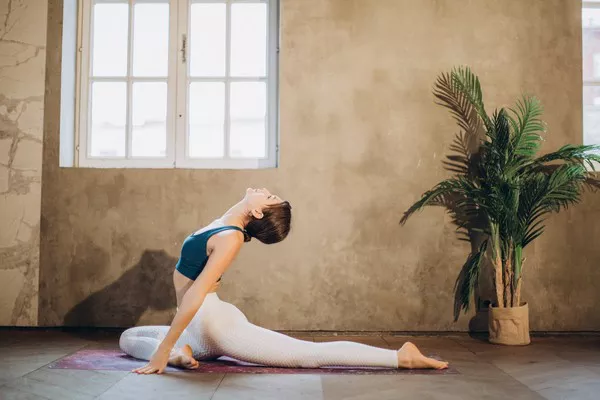When it comes to maintaining a healthy lifestyle, the age-old debate between yoga and walking has left many fitness enthusiasts pondering which path to choose. Both yoga and walking offer a plethora of physical and mental benefits, but which one is truly superior? In this comprehensive guide, we’ll dive deep into the world of yoga and walking to help you make an informed decision about which practice aligns best with your health and wellness goals.
Yoga: A Holistic Approach to Wellbeing
1. Yoga for Flexibility and Strength
Yoga is renowned for its ability to enhance flexibility and build strength. Through a series of poses and postures, practitioners can stretch and strengthen their muscles, resulting in improved overall flexibility and muscle tone. The various yoga asanas target different muscle groups, helping individuals achieve a well-rounded level of fitness.
a. Enhanced Flexibility
Yoga involves stretching exercises that promote increased flexibility in the body. Over time, regular practice can lead to greater joint mobility and reduced risk of injury.
b. Muscle Endurance
Many yoga poses require you to hold positions for an extended period, thereby building muscle endurance. This can improve your stamina and physical resilience.
2. Stress Reduction and Mental Clarity
One of yoga’s most celebrated benefits is its capacity to alleviate stress and promote mental clarity. The combination of controlled breathing, meditation, and mindfulness in yoga practice can have a profound impact on your mental well-being.
a. Stress Reduction
Yoga encourages deep, rhythmic breathing techniques that activate the body’s relaxation response, reducing stress hormones and promoting a sense of calm.
b. Mental Clarity
Meditation and mindfulness in yoga help improve concentration, enhance mental clarity, and foster a peaceful state of mind.
Walking: A Simple and Effective Cardiovascular Workout
1. Cardiovascular Health
Walking is a fantastic cardiovascular exercise that elevates your heart rate, promoting a healthy circulatory system. It’s an easy way to get your blood pumping and improve your overall heart health.
a. Weight Management
Regular walking can aid in weight management by burning calories. It’s a simple yet effective way to support your weight loss or maintenance goals.
b. Lower Risk of Chronic Diseases
Studies have shown that regular brisk walking can reduce the risk of chronic diseases such as heart disease, diabetes, and hypertension.
2. Accessibility and Convenience
Walking requires no special equipment, making it a highly accessible form of exercise. You can walk almost anywhere, at any time, making it easy to incorporate into your daily routine.
a. Low Impact
Walking is gentle on the joints and is suitable for people of all fitness levels and ages. It’s an excellent choice for those recovering from injuries or looking for a low-impact workout.
Which Is Better: Yoga or Walking?
The question of whether yoga or walking is better ultimately depends on your personal preferences, fitness goals, and lifestyle. To make an informed decision, consider the following factors:
1. Goals and Preferences
If you seek a holistic approach to health, stress reduction, and improved flexibility, yoga may be the better choice for you. On the other hand, if cardiovascular fitness and weight management are your primary goals, walking may be the preferred option.
2. Time and Accessibility
Consider your schedule and the convenience of each activity. Yoga classes may require set times and locations, whereas walking can be done almost anywhere at any time.
3. Physical Condition
Assess your current physical condition and any existing injuries or limitations. Yoga offers modifications for various fitness levels, but walking may be a gentler option for those with joint issues.
In conclusion, both yoga and walking offer unique benefits for your health and wellness journey. The best choice is the one that aligns with your goals, preferences, and lifestyle. Some individuals even incorporate both practices into their routines for a well-rounded approach to fitness. Remember that consistency is key, so choose the option that you’re most likely to stick with and enjoy. Ultimately, whether you opt for the tranquility of yoga or the simplicity of walking, you’re taking a positive step toward a healthier and happier you.
Related Links:
How Much Does CorePower Teacher Training Cost?
Does Bhujangasana Reduce Belly Fat?
What is 26&2 yoga?


